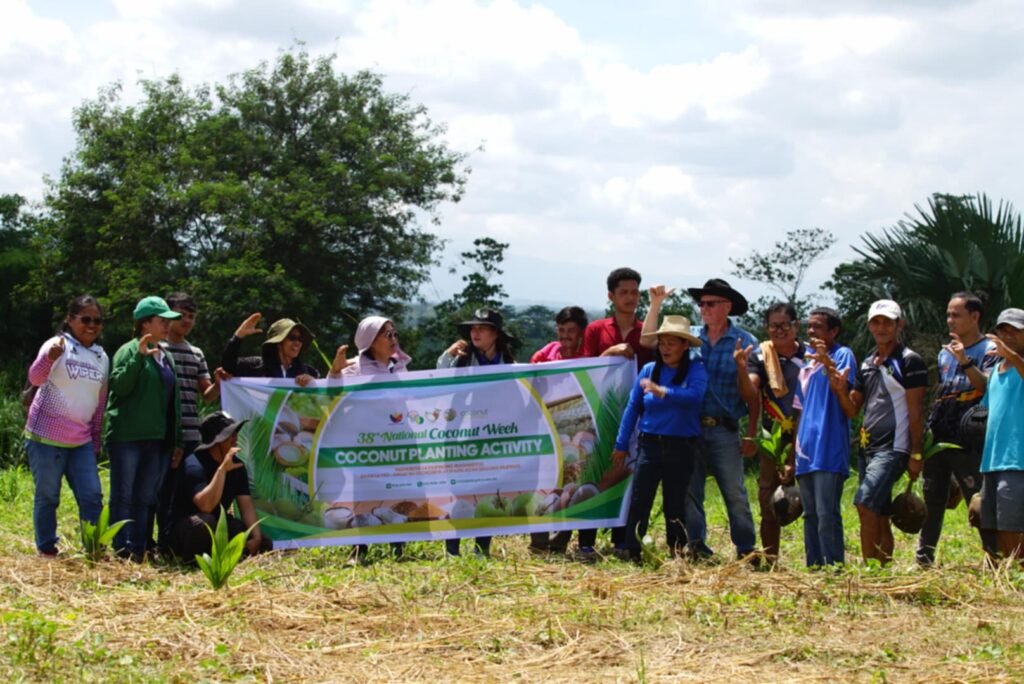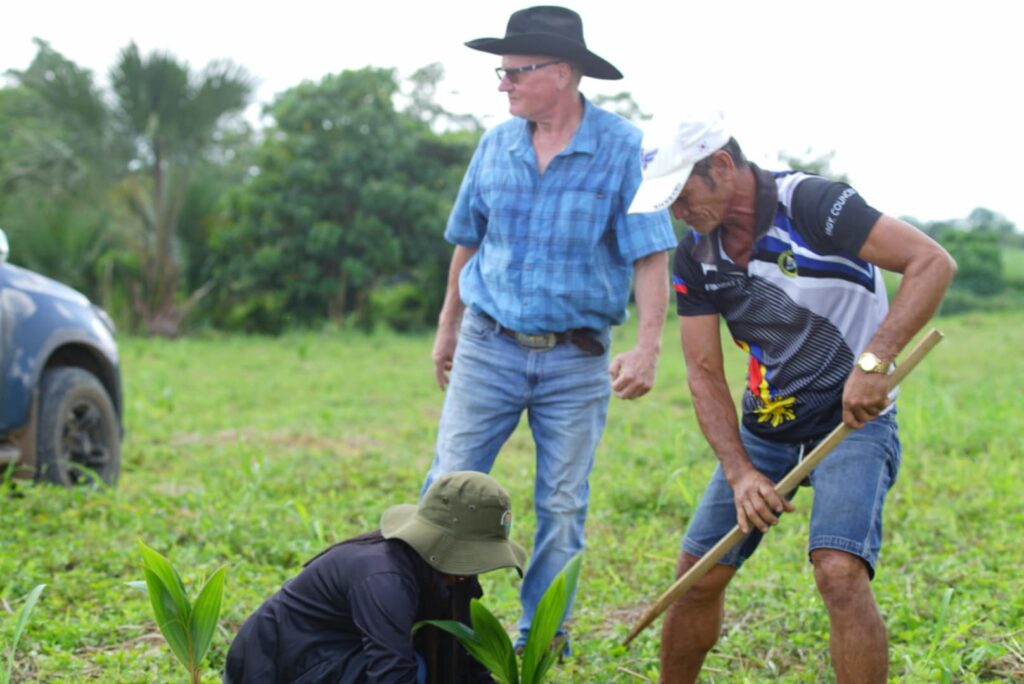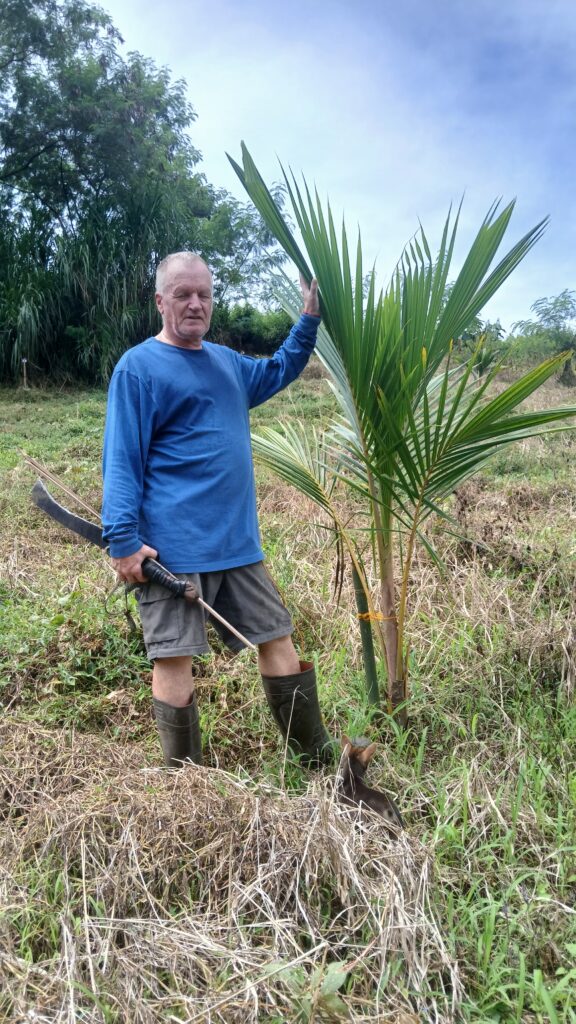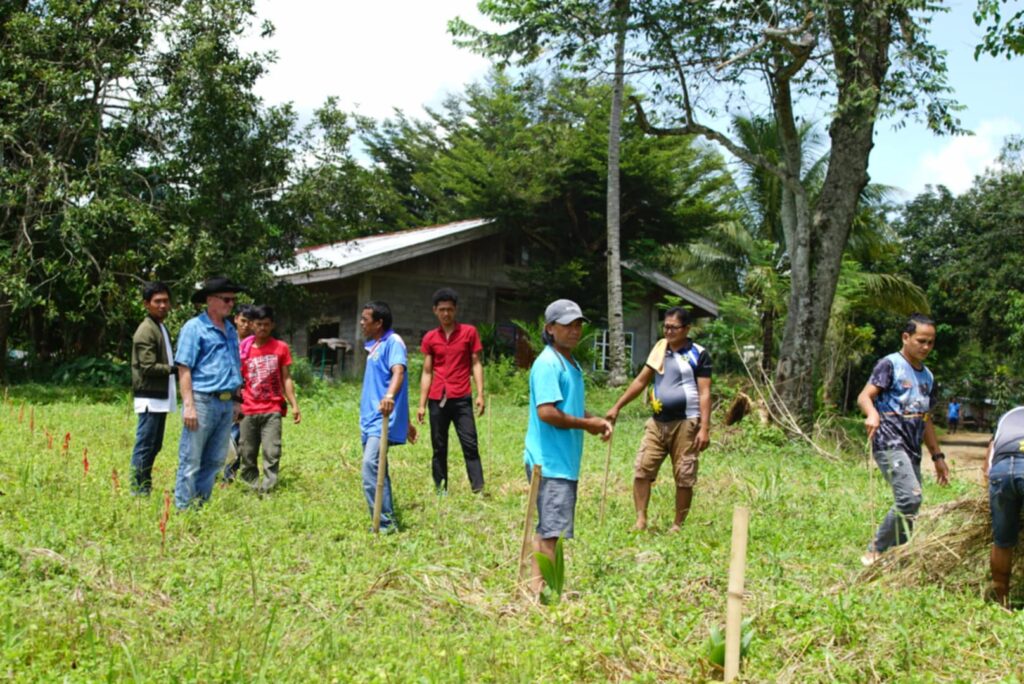Phase 2: Planting Under the Sun and Structural Growth
Overview of Structural Growth
After the successful completion of Phase 1, the acquisition, groundwork, and foundational setup of Jessie’s Sunshine Farm. The project entered Phase 2, a period defined by active planting, construction, infrastructure enhancement, digital organization, and system management.
This phase represents the transition from preparation to production. The land, now cleared and mapped, becomes a living ecosystem. It has become home to hundreds of new trees, farm structures, and operational systems that define how the farm will run sustainably for years to come.
Phase 2 also has introduced the technological and administrative backbone of Jessie’s Sunshine Farm: digital management, reporting systems, and online coordination. In essence, this stage transforms the farm from a physical space into a fully functioning, semi-automated agricultural operation supported by remote oversight and smart organization.
With the land prepared, Jessie’s Sunshine Farm embarked on a massive planting operation.

Phase 2 Roadmap — Planting Coconut Trees
1. Strategic Reassessment and Farm Sector Layout
Before large-scale planting and construction, the project began with a detailed reassessment of Phase 1 outcomes. In conclusion, we focused on identifying mistakes, inconsistencies, or
overlooked opportunities from the initial groundwork.
Hence, the project implemented corrections in key areas:
Re-mapping of farm sectors, refining access paths and access roads, and ensuring smoother integration between sectors.
Reallocation of space for new structures like the café, function hall, workshop, administration building, group and private cottages, and day-use cabins.
Designating the planting sequence for coconut and fruit trees. Our main and large-scale tree crops.
Designating sectors for Banana plants and future cacao, coffee, calamansi, and other crops that need or can tolerate shading for diverse intercropping.
Livestock area anchored the new chicken coop, goat area along the cliff, and future Mini zoo area.
Hospitality and community zone featuring the café, sitting areas, function hall, and koi fish pond.
Propagation and nursery area with the seedling house, and old vegetable garden for exotic flowers and value trees.
Maintenance and utility sector for machinery, storage, and future worker amenities.
This refined structure established the blueprint of the farm’s LONG-TERM LANDSCAPE. It is balancing aesthetics, productivity, and accessibility.
2. Major Planting Operations
Coconut Expansion
We planted a total of 800 coconut trees. The trees we chose were marked their economic versatility. We planted them in triangle or in square layout design.
Furthermore, coconuts serve as a the foundational crop. Coconuts are providing not just fruit, but also raw materials for future farm products such as virgin coconut oil, copra, fiber, and crafts.
Oil Palm Plantation
Alongside the fence lines in the Triangle section, UTS and LTS, and in the Central Area, CAR, and barangay road, we established 140 oil palm trees. All in all, about one hectare as a comparison. Consequently, the palms complement the coconuts by diversifying the farm’s long-term crop portfolio in some sectors. Furthermore, it is creating the potential for value-added products like palm kernel oil and animal feed derivatives.
Third Canopy Development – Banana Integration
To maximize land use and promote biodiversity, a third canopy layer was introduced beneath the larger trees, the first and top canopy. This included a carefully planned banana plantation featuring several varieties:
Lakatan – prized for sweetness and commercial appeal.
Latundan – known for its smaller fruit and high yield.
Saba – ideal for cooking, chips, and processed goods.
Morado – a rarer, red-hued banana adding diversity and visual appeal.
This multi-layered system not only optimizes sunlight portions and soil efficiency but also serves as a model for regenerative and layered farming. As a result,it is improving soil health and microclimate balance.
3. Infrastructure Expansion: Roads and Fencing
Accessibility and protection became top priorities.
Fencing work began around key perimeter zones to secure crops, land, and livestock, In spite of cost savings, we were utilizing both durable wire fencing and natural hedgerows along the creek.
We begun construction of Farm roads and access trails. Because better roads do allow vehicles and equipment to move efficiently between sectors. Especially during planting and harvesting.
These developments, consequently, laid the groundwork for smoother logistics and safer, more organized farm operations. All access roads and major pathways will, in fact, receive names and will carry signage later in time.


4. Construction Projects
Café and Function Hall
As part of Jessie’s Sunshine Farm’s long-term vision of being both an agricultural and community hub, construction of a café and function hall commenced.
The café serves as a farm-to-table showcase, offering local produce and refreshments while welcoming visitors, workers, and guests.
The function hall was designed for
gatherings, seminars, and educational workshops, establishing the farm as a center for agricultural learning and social engagement.
Both structures emphasize natural and native design symbolizing the blend of traditions and modernization.
Seedling House
The seedling house was constructed to support internal propagation. Equipped with shaded roofing, tables, and organized racks, it enables the farm to grow its own seedlings for coconuts, fruit trees, and ornamental plants. This step significantly reduces external sourcing costs and ensures plant quality. It also will contribute to another stream of income.
Chicken Area and Coop
The chicken area and coop provided a new dynamic to farm life, adding organic fertilizer sources and additional food production.
Designed for humane and efficient poultry raising, the coop integrates composting and egg collection areas.
Chickens contribute to natural pest control and enrich the soil with manure, closing nutrient cycles within the farm.
Goat Area and House
The goat area and housing will be developed in phase three and will contribute to touristic attractions and food supply. It will also enhance composting and organic fertilization. Aligning with the edge of the cliff people can gaze the goats on the PANAS rocks seeking sun or munching young Napier grass.
5. Corrective Actions and Learning Integration
No project develops without challenges, and Phase 2 was characterized by honest evaluation and correction of mistakes from earlier operations.
These included:
Redesigning irrigation routes for better efficiency.
Adjusting spacing for coconuts and palms based on growth projections.
Correcting errors in boundary marking and leveling. But also, this is still on-going.
Improving waste management and
composting systems.
Each correction was documented and integrated into future procedures — turning mistakes into learning milestones that strengthened farm management.

6. Remote Management and Digital Infrastructure
To synchronize operations across growing sectors, Jessie’s Sunshine Farm established a remote control and management system.
Farm Website and Management Portal
A detailed website was developed, serving multiple purposes:
Maintenance schedules for weeding, pruning, fertilization, and harvest cycles.
Single-task assignments for individual one-time projects, ensuring clarity and accountability.
Data collection and progress tracking, accessible remotely by administrators.
This platform transformed the farm into a digitally connected projects, merging manual work with smart management and analysis.
Administrative Systems
An administration hub was formed to handle:
Timesheets and task reporting for daily labor tracking.
Zoom meetings for remote coordination, strategy updates, and worker education.
Delivery management, ensuring materials, seedlings, and supplies arrived on schedule.
Education and training modules, enabling workers to learn modern techniques and sustainability practices. Mostly through our website.
Through these systems, Jessie’s Sunshine Farm began to operate with professional organization, transparency, and scalability. Scalability means that the system can carry 1, 10, or 100 employees. It positioning itself not only as a productive farm but as a model of modern agricultural management.
7. Conclusion: From Groundwork to Growth
Phase 2 of Jessie’s Sunshine Farm represents the heart of transformation — when vision meets visible growth.
The landscape now hosts thriving trees, productive crops, and purposeful structures. The workforce is supported by clear digital systems, and the farm’s design reflects harmony between human ingenuity and natural rhythms.
This phase established the rhythm of operation: plant, build, correct, organize, and grow. Every coconut tree, every road, and every digital task schedule symbolizes Jessie’s Sunshine Farm’s dedication to a future of abundance, learning, and sustainable living under the sunshine.
Erosion control measure for young coconuts 